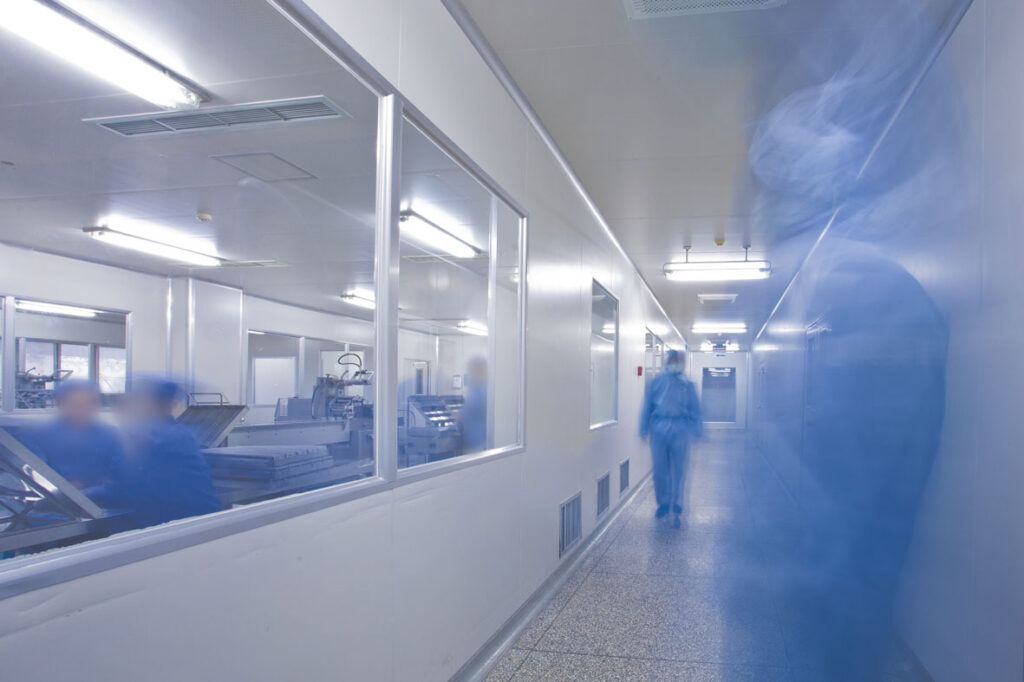How the changing attitudes of UK workers will benefit businesses in 2021

By Cal Lee, Global Head of Workthere
The pandemic has created challenges that many businesses have never seen before. Beyond the initial financial strain many endured, the ongoing restrictions have had a lasting impact on the way the UK workforce approaches the working week.
2020 has seen the vast majority of office staff work from home for long periods, which has paved the way for an increased requirement for flexibility from employees and is something we expect to continue into 2021.
The growing desire to have a say on where, when and how we work is particularly prominent with younger workers. Our recent study[1] revealed that almost nine in ten (87%) 25–34-year-olds will expect this kind of input. This falls to 60% among those aged 55 and over, suggesting increased flexibility is going to be a key expectation for generations to come.
Although increased flexibility may require some adjustments, there is no doubt that this could be hugely beneficial to businesses, who could see increased morale and productivity from staff who have a better work life balance.
Of course, with changing attitudes and behaviours towards how we work, the environments in which we work will need to adapt too. We anticipate more companies will adopt a hybrid office based/home working arrangement, which could see a greater proportion flex space incorporated into their real estate portfolio.
The subject of weekly working hours is also set to evolve as we attempt to return to ‘normal’ next year. Attitudes towards how many hours a week are put in has started to change during the pandemic and staff are likely to desire a shorter than average working week.
Once again, this is an expectation shared across the younger UK workforce. While nearly eight in ten (79%) 25–34-year-olds admit they already work less than the national average of 38 hours a week[2], 86% say they would ideally want to work even less than this.
With the idea of a traditional 9-5, Monday to Friday, working week now being challenged, and working from home set to continue for at least the early months of 2021, it’ll be interesting to see how bosses make adjustments as restrictions are slowly lifted.
I believe we will see a lot of office-based companies make the transition to more flexible, hyper-local office spaces in order to facilitate the changing demands of their workforce, whilst cutting costs to ensure long-term efficiency.
The ‘hub and spoke’ approach to offices is a model that could become more popular. This involves having a main office (the ‘hub’) and lots of smaller branch offices (the ‘spokes’), which are often closer to employees’ homes. In the post COVID-19 transition period, this model would make a lot of sense: it would reduce the need for workers to use public transport and it would also offer an effective working environment. We expect the higher adoption of this model to increase the demand for suburban flexible offices in the short-term, and in the long-term too, as a portion of workers will likely have the ability and desire to make these working arrangements permanent.
One question that springs to mind is where exactly these new suburban flexible offices will be located. One opportunity might be for flexible offices and co-working to help re-invigorate the high street, by occupying vacant retail units. Creating a space where local people can come to work, as well as access shops or other amenities could be very attractive in both the short term, as people avoid public transport and commuting to city centres, but also in the longer term, as we move to a more flexible and local working culture.




